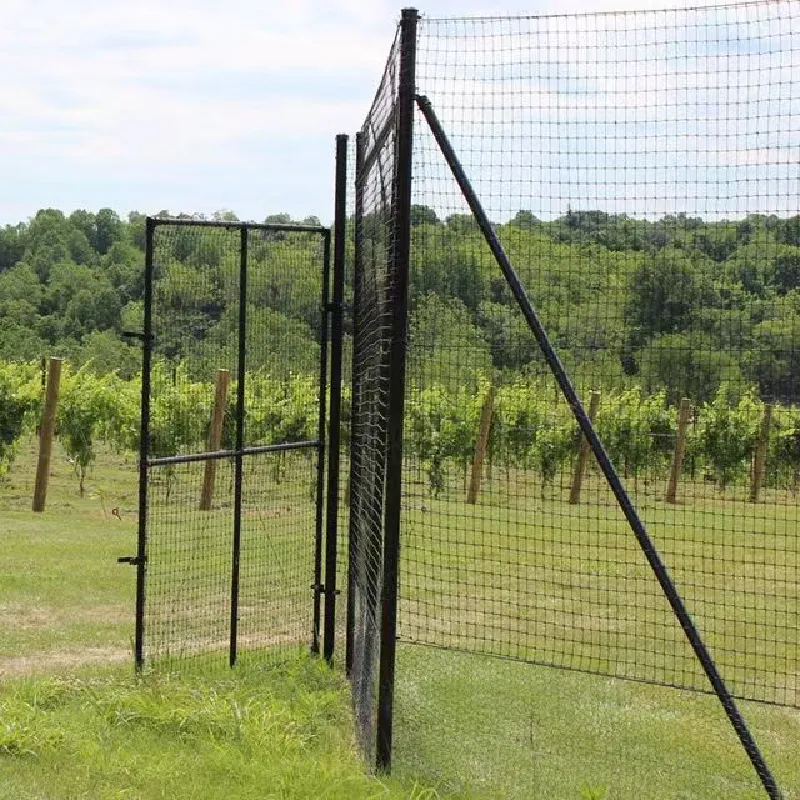-
 Afrikaans
Afrikaans -
 Albanian
Albanian -
 Amharic
Amharic -
 Arabic
Arabic -
 Armenian
Armenian -
 Azerbaijani
Azerbaijani -
 Basque
Basque -
 Belarusian
Belarusian -
 Bengali
Bengali -
 Bosnian
Bosnian -
 Bulgarian
Bulgarian -
 Catalan
Catalan -
 Cebuano
Cebuano -
 China
China -
 Corsican
Corsican -
 Croatian
Croatian -
 Czech
Czech -
 Danish
Danish -
 Dutch
Dutch -
 English
English -
 Esperanto
Esperanto -
 Estonian
Estonian -
 Finnish
Finnish -
 French
French -
 Frisian
Frisian -
 Galician
Galician -
 Georgian
Georgian -
 German
German -
 Greek
Greek -
 Gujarati
Gujarati -
 Haitian Creole
Haitian Creole -
 hausa
hausa -
 hawaiian
hawaiian -
 Hebrew
Hebrew -
 Hindi
Hindi -
 Miao
Miao -
 Hungarian
Hungarian -
 Icelandic
Icelandic -
 igbo
igbo -
 Indonesian
Indonesian -
 irish
irish -
 Italian
Italian -
 Japanese
Japanese -
 Javanese
Javanese -
 Kannada
Kannada -
 kazakh
kazakh -
 Khmer
Khmer -
 Rwandese
Rwandese -
 Korean
Korean -
 Kurdish
Kurdish -
 Kyrgyz
Kyrgyz -
 Lao
Lao -
 Latin
Latin -
 Latvian
Latvian -
 Lithuanian
Lithuanian -
 Luxembourgish
Luxembourgish -
 Macedonian
Macedonian -
 Malgashi
Malgashi -
 Malay
Malay -
 Malayalam
Malayalam -
 Maltese
Maltese -
 Maori
Maori -
 Marathi
Marathi -
 Mongolian
Mongolian -
 Myanmar
Myanmar -
 Nepali
Nepali -
 Norwegian
Norwegian -
 Norwegian
Norwegian -
 Occitan
Occitan -
 Pashto
Pashto -
 Persian
Persian -
 Polish
Polish -
 Portuguese
Portuguese -
 Punjabi
Punjabi -
 Romanian
Romanian -
 Russian
Russian -
 Samoan
Samoan -
 Scottish Gaelic
Scottish Gaelic -
 Serbian
Serbian -
 Sesotho
Sesotho -
 Shona
Shona -
 Sindhi
Sindhi -
 Sinhala
Sinhala -
 Slovak
Slovak -
 Slovenian
Slovenian -
 Somali
Somali -
 Spanish
Spanish -
 Sundanese
Sundanese -
 Swahili
Swahili -
 Swedish
Swedish -
 Tagalog
Tagalog -
 Tajik
Tajik -
 Tamil
Tamil -
 Tatar
Tatar -
 Telugu
Telugu -
 Thai
Thai -
 Turkish
Turkish -
 Turkmen
Turkmen -
 Ukrainian
Ukrainian -
 Urdu
Urdu -
 Uighur
Uighur -
 Uzbek
Uzbek -
 Vietnamese
Vietnamese -
 Welsh
Welsh -
 Bantu
Bantu -
 Yiddish
Yiddish -
 Yoruba
Yoruba -
 Zulu
Zulu
Feb . 15, 2025 12:51
Back to list
bird netting
Large bird netting has become an indispensable tool for both residential and agricultural settings, ensuring protection without harming the birds themselves. As an expert in netting solutions with years of experience, I am excited to share insights that will guide you in understanding and selecting the most effective large bird netting products. This comprehensive overview aims to enhance your knowledge while establishing a trustworthy foundation for informed decisions.
In addition to protecting crops and properties, the use of large bird netting also finds applications in urban settings. Buildings, monuments, and other structures benefit from expertly installed netting, preventing birds from roosting and causing damage or creating unsightly messes. In these scenarios, the aesthetic quality of the netting becomes critical. Opting for transparent or color-matched netting can offer an almost invisible solution, ensuring that the visual appeal of urban landscapes is preserved. Importantly, bird netting is not a one-size-fits-all solution. Specific settings and conditions demand tailored approaches. Engaging with industry professionals who can conduct thorough assessments and provide customized solutions is essential. This partnership not only guarantees effectiveness but also supports compliance with local wildlife protection regulations, ensuring that bird netting solutions are both legal and ethical. To cement your authority in the field of bird netting, consider offering educational resources and ongoing support. Providing detailed guides, video tutorials, and customer service contacts strengthens customer relationships and trust. Feedback mechanisms, such as testimonials and case studies, further establish reliability and showcase successful applications of bird netting across various industries. In summary, large bird netting represents a critical intersection of expertise, environmental awareness, and strategic planning. Whether you are safeguarding crops, preserving architecture, or ensuring public cleanliness, choosing the right netting solution requires a nuanced approach that reflects a profound understanding of materials, installation techniques, and ecological impact. By embracing these principles, you not only protect your interests but also contribute to a harmonious coexistence with the avian world, enhancing biodiversity while preserving vital human activities.


In addition to protecting crops and properties, the use of large bird netting also finds applications in urban settings. Buildings, monuments, and other structures benefit from expertly installed netting, preventing birds from roosting and causing damage or creating unsightly messes. In these scenarios, the aesthetic quality of the netting becomes critical. Opting for transparent or color-matched netting can offer an almost invisible solution, ensuring that the visual appeal of urban landscapes is preserved. Importantly, bird netting is not a one-size-fits-all solution. Specific settings and conditions demand tailored approaches. Engaging with industry professionals who can conduct thorough assessments and provide customized solutions is essential. This partnership not only guarantees effectiveness but also supports compliance with local wildlife protection regulations, ensuring that bird netting solutions are both legal and ethical. To cement your authority in the field of bird netting, consider offering educational resources and ongoing support. Providing detailed guides, video tutorials, and customer service contacts strengthens customer relationships and trust. Feedback mechanisms, such as testimonials and case studies, further establish reliability and showcase successful applications of bird netting across various industries. In summary, large bird netting represents a critical intersection of expertise, environmental awareness, and strategic planning. Whether you are safeguarding crops, preserving architecture, or ensuring public cleanliness, choosing the right netting solution requires a nuanced approach that reflects a profound understanding of materials, installation techniques, and ecological impact. By embracing these principles, you not only protect your interests but also contribute to a harmonious coexistence with the avian world, enhancing biodiversity while preserving vital human activities.
Next:
Latest news
-
Shipping Plastic Bags for Every NeedNewsJul.24,2025
-
Safety Netting: Your Shield in ConstructionNewsJul.24,2025
-
Plastic Mesh Netting for Everyday UseNewsJul.24,2025
-
Nylon Netting for Every UseNewsJul.24,2025
-
Mesh Breeder Box for Fish TanksNewsJul.24,2025
-
Expanded Steel Mesh Offers Durable VersatilityNewsJul.24,2025











